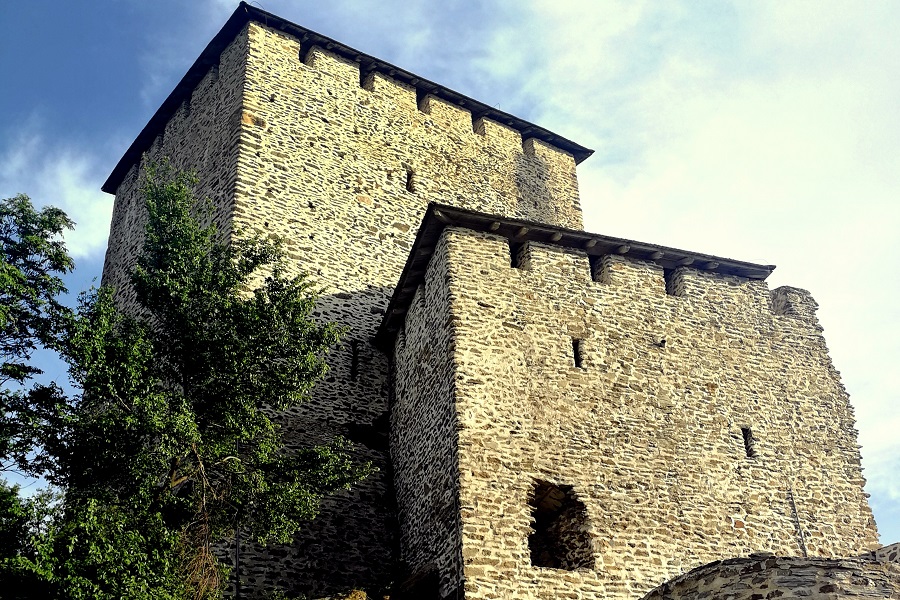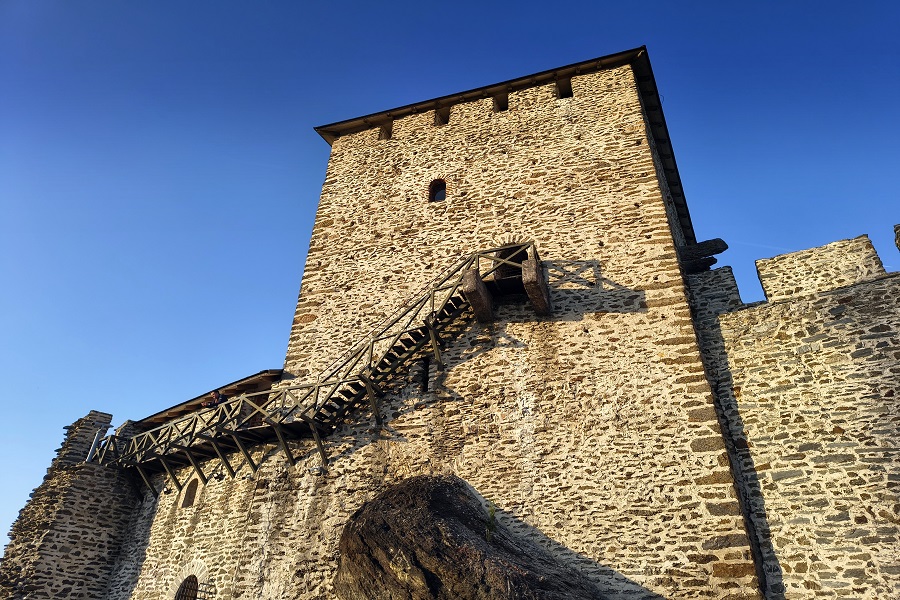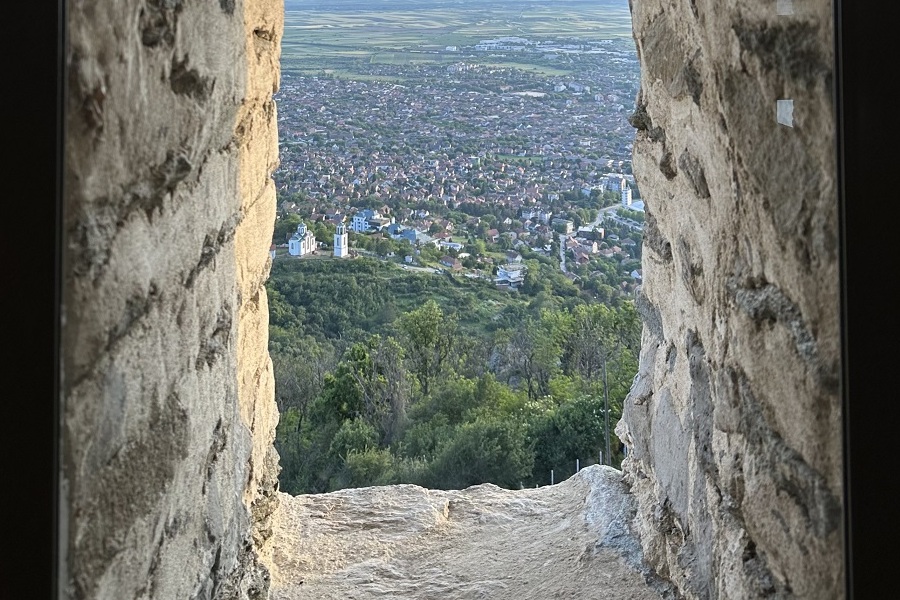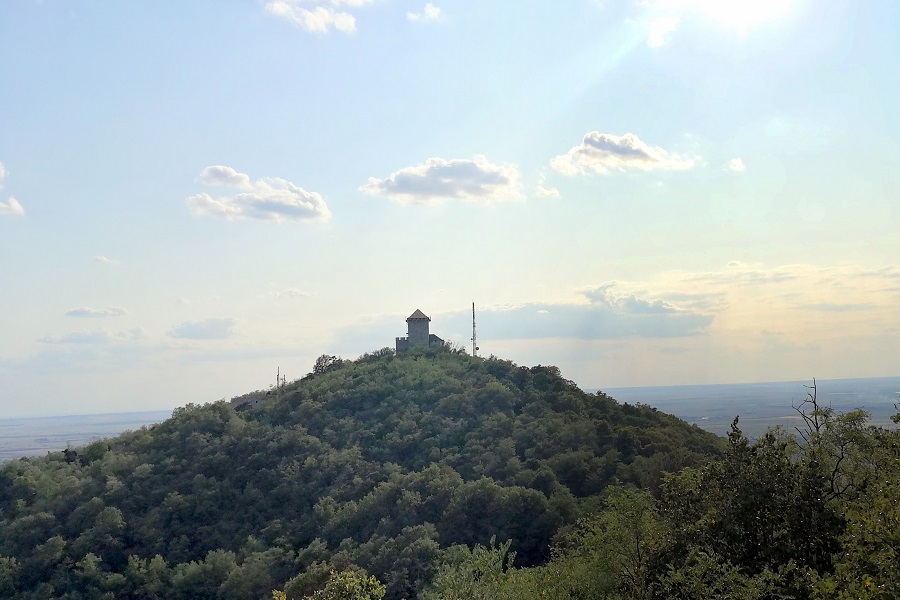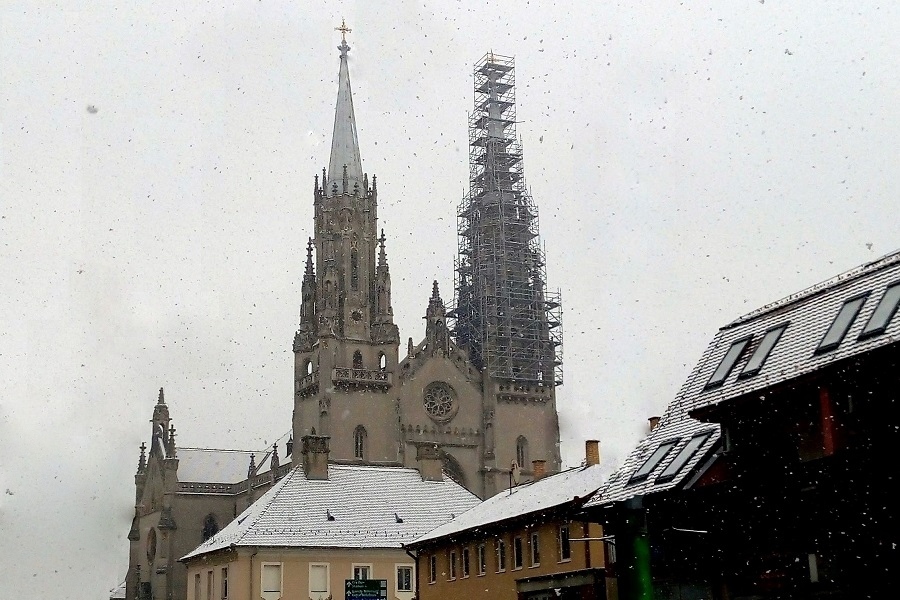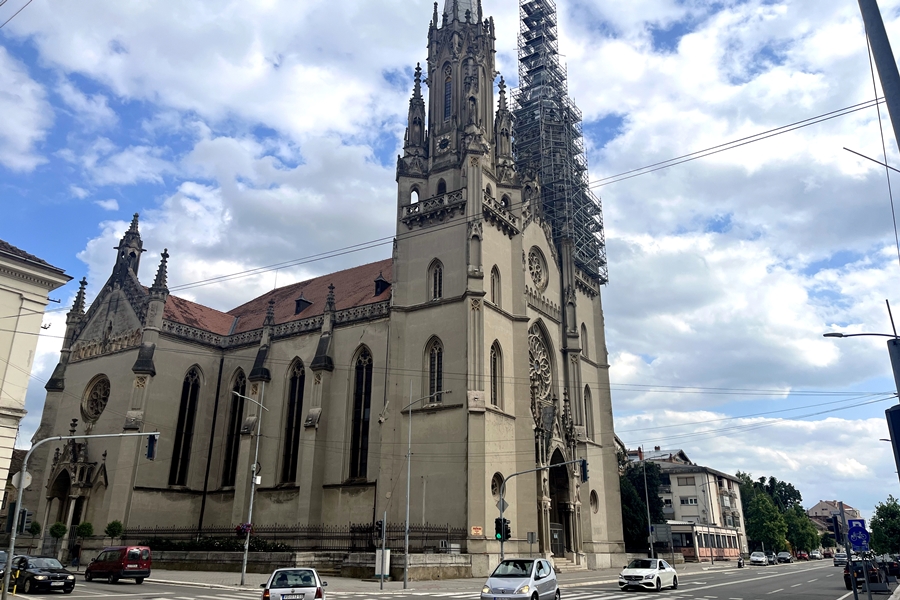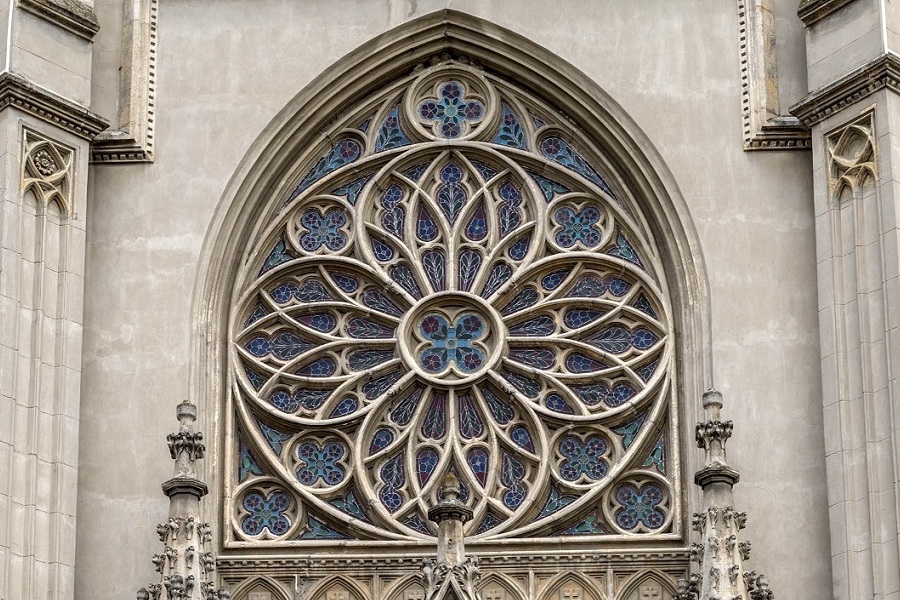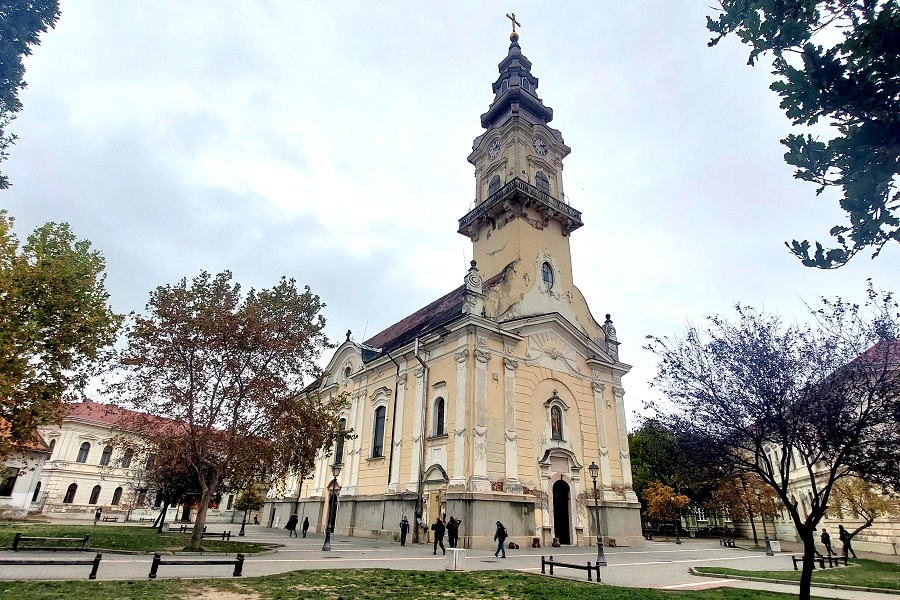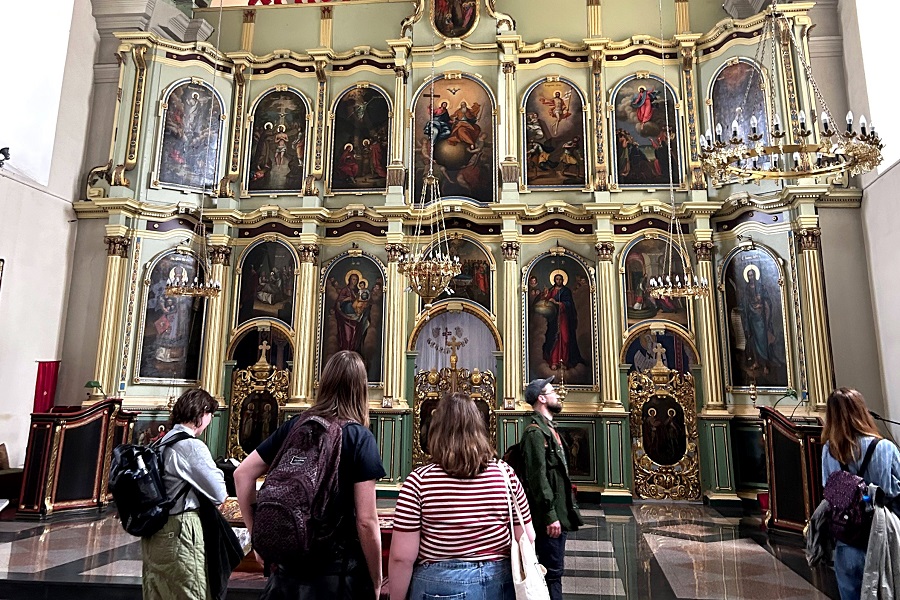Interconnectedness
Introduction
If you drive east from Belgrade, you encounter the flat countryside of the Serbian lowlands for about an hour and a half. This landscape changes abruptly when a large hill or small mountain appears on the horizon. Initially unnoticed, it becomes the most prominent landmark as you approach, looming over the scenery until you reach its base. At the foot of this hill lies Vršac, a significant cultural and religious center for both the Serbian and Romanian Orthodox Churches in the Banat region. Surprisingly, the most visually dominant religious building in the city is the Roman Catholic Church of Saint Gerard, distinguished by its two towering steeples. Nearby stands the Orthodox Church of St. Nicholas, while above them both looms the Vršac Fortress, perched atop the hill.
These prominent landmarks raise a question: how do they relate to their surroundings and to each other? Does their interconnectedness contribute to a coherent landscape, or does it create discord? By briefly examining the Vršac Fortress, the Church of Saint Gerard, and the Church of St. Nicholas, we can address these questions.
Gallery
The Vršac Fortress
The Vršac Fortress is strategically positioned on the hill, at the highest elevation in the area, granting it both visual and symbolic dominance. Its placement at the maximum altitude offers extensive panoramic views over the town, enhancing its role as a landmark and point of orientation within the regional landscape. In the Middle Ages, it served a defensive purpose. Although it has lost its military significance today, its commanding position has transformed it into a symbol of the city, clearly visible and easily recognizable. The fortress maintains a connection to the city through tourist trails and its constant visibility from Vršac. Surrounded by natural elements, it stands apart from the urban fabric, but is integrated with the surrounding vegetation, which forms a natural enclosure around it.
The Roman Catholic Church of Saint Gerard and The Serbian Orthodox Church of St. Nicholas
The Roman Catholic Church of Saint Gerard in Vršac was constructed between 1860 and 1863 to serve the spiritual and cultural needs of a large Catholic community, including Germans, Hungarians, and Croats settled in the region by the Habsburg Empire after 1716. Built in a monumental Neo-Gothic style, its 64-meter towers make it the largest Catholic place of worship in present-day Serbia. These towers dominate both the urban and rural horizons, serving as a striking visual landmark. The church symbolizes ethnic and religious coexistence in the Banat region, uniting the traditions of diverse communities in a shared space. Today, it stands not only as a heritage monument but also as a cultural and tourist landmark of the region.
The Serbian Orthodox Church of St. Nicholas, built in 1785, is the main and largest Orthodox church in Vršac, located opposite the Bishop’s Palace. Its interior features works by prominent Serbian artists, including Pavel Đurković, Nikola Nešković, and Paja Jovanović.
Conclusion
All three landmarks tower over their immediate surroundings and parts of the wider landscape, with the Vršac Fortress being particularly prominent. The Church of Saint Gerard and the Church of St. Nicholas, separated by approximately 800 meters, stand out due to their considerable height and distinction from other urban structures. This proximity and prominence create a sense of competition for the observer’s attention. When viewed up close, they appear as distinct entities, making it difficult to perceive them as parts of a unified whole. Their composition within the city landscape often places them in opposition to each other.
The contrast between the two churches highlights differences in their cultural and religious heritage. Representing distinct branches of Christianity, they feature different architectural styles and historically served communities of different ethnicities. This contrast, evident when they were built, persists today. However, it would be inaccurate to assume that the Church of Saint Gerard and the Church of St. Nicholas can never contribute to a coherent and unified landscape.
This coherence can be achieved by relating both churches to a third monument – the Vršac Fortress, which towers above them. By doing so, the specific differences between the churches become less significant, emphasizing the broader landscape of Vršac. From this perspective, the two churches, previously in contrast, form a cohesive whole. This approach also encourages viewing the churches beyond their religious significance, as the fortress, a non-religious structure, provides a unifying context.
Similarly, a wider perspective diminishes the contrast between the churches. While they remain distinctive elements of the landscape, they no longer appear in stark opposition. Ultimately, these landmarks significantly shape the city’s identity. A single object can either disrupt or enhance the coherence of the landscape, depending on the viewpoint and the context in which it is considered. This underscores the importance of analyzing each object in relation to its surroundings and the broader local landscape.
Authors
Julia Bednarska
University of Opole, Faculty of Law and Administration
Nadejda Cîșlaru
Polytechnic University of Timişoara, Faculty of Architecture and Urban Planning
Zora Kachel
European University Viadrina, Faculty of Social and Cultural Sciences
Hilmar Omert
European University Viadrina, Faculty of Social and Cultural Sciences
Nicolae-Daniel Popa
Polytechnic University of Timişoara, Faculty of Architecture and Urban Planning

